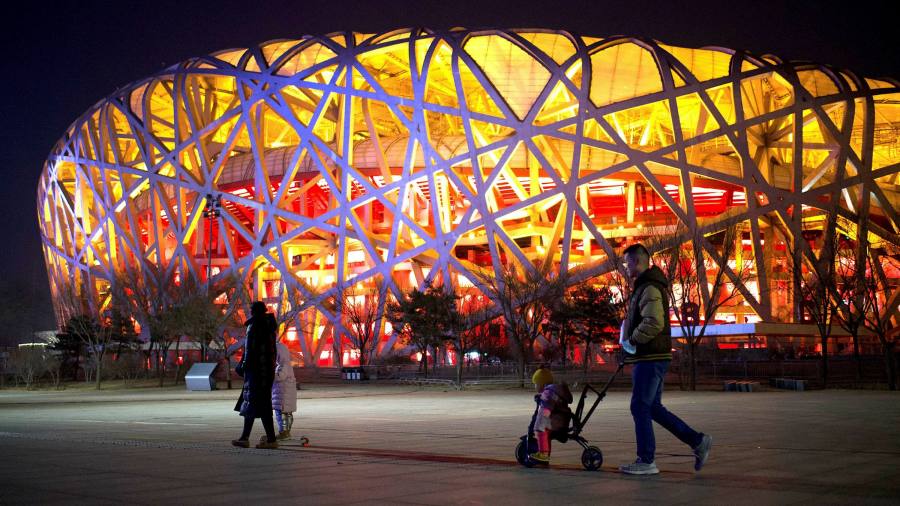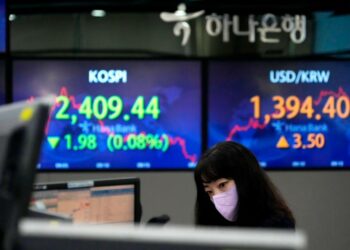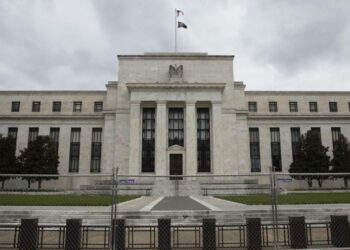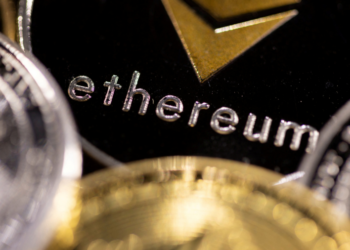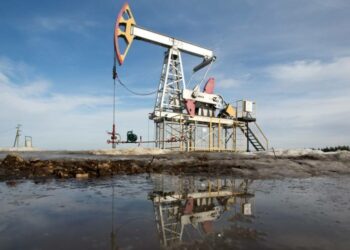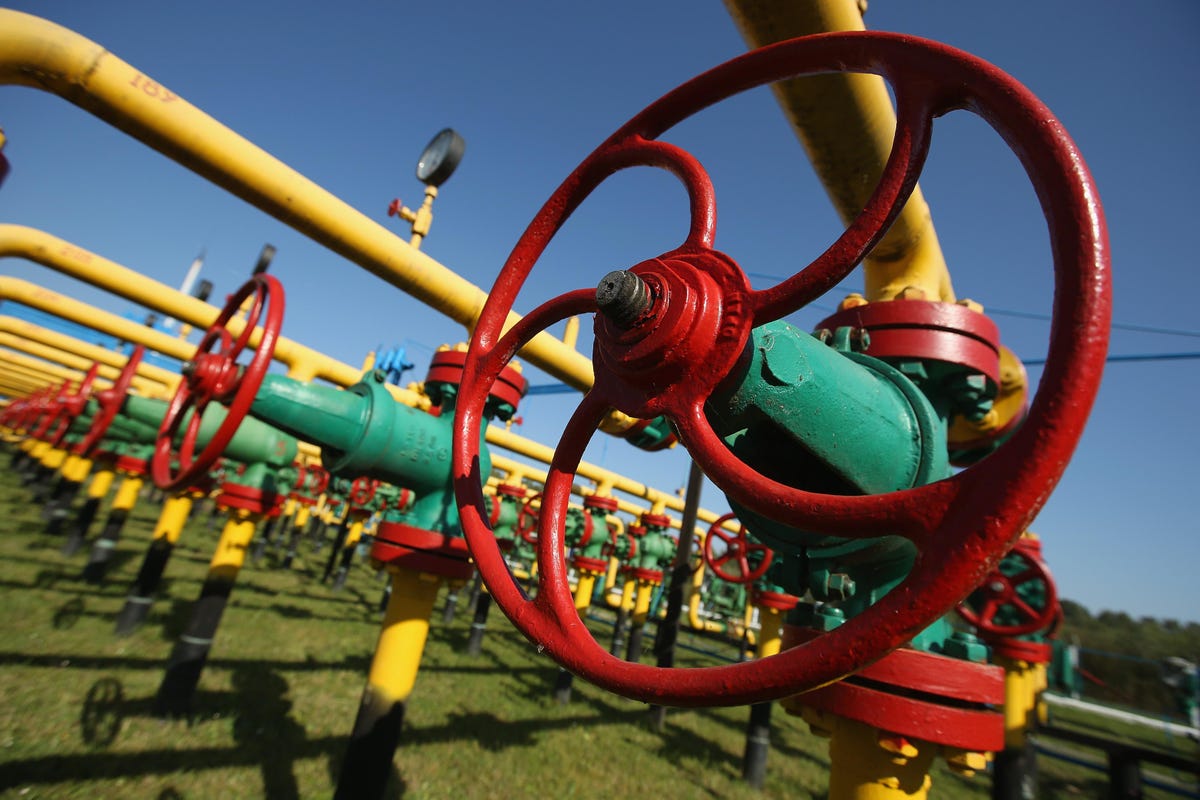The writer is chief Asia economist at Morgan Stanley
In Asian economies, a powerful dynamic is unfolding that will unleash productivity growth and drive outperformance over other regions. It is a trend that has been under-appreciated by sceptical investors.
Over the next two years, gross domestic product will rise faster in Asia than in the Americas and Europe, strengthening its position as the largest and fastest-growing economic bloc. Asia’s GDP is expected to expand in nominal terms from $33tn in 2021 to $39tn in 2023, exceeding the $34tn for the Americas and $26tn for Europe. The $5.4tn increase for Asia compares with $4.8tn for the Americas and $2.9tn for Europe.
This dynamic is the interplay of growth in exports, capital expenditure and productivity. In contrast to other economies that have relied heavily on stimulus, Asia’s recovery from the Covid-19 shock has been fuelled by a sharp upturn in exports. Investors may be tempted to write this off as a reflection of a revival of global growth, but what happens next is arguably much more interesting.
As the world’s largest producer gets back to work, unused capacity will be absorbed and corporate confidence will rise, boosting demand for capital equipment. Rising capital expenditures should pull more workers into the labour force, laying the groundwork for a self-sustaining cycle.
In fact, Asia’s productivity — or incremental GDP generated by new debt— is poised to turn in the best performance since the 2003-07 cycle. Post-2008, global trade volumes grew at an average of just 1.2 per cent compared with 6 per cent in the 2000s. Without the support of external demand, Asian policymakers had to rely on higher leverage to stimulate aggregate demand, which inevitably gave rise to macro-stability concerns.
Now, backed by strong global trade, Asia’s growth will be far less dependent on stimulus and leverage, while inflationary pressures and other macro-stability concerns will be kept at bay.
Nonetheless, unique circumstances have kept this productivity dynamic from playing out fully. Typically, a sharp upswing in exports and capex translates into stronger income and consumption growth. This time round, the transmission mechanism has been stalled by successive Covid waves and restrictions damping consumption. But Asian economies outside of China are adapting to life with Covid and are following a path to put pandemic woes behind them.
In China, the more transmissible Omicron coronavirus variant could put the zero Covid policy to the test and still constrain the consumption recovery. If Covid variants remain mild, however, policymakers could move away from aggressive implementation of its zero Covid strategy after the Winter Olympics.
While Covid restrained China’s growth, the bigger factor was its policy cycle. In 2021, macro policies overtightened and regulatory actions intensified in a broad range of sectors. Debt to GDP was cut by 10 percentage points to 283 per cent, the most aggressive reduction in China since 2003.
The policy cycle has clearly shifted from overtightening to easing, and the economy should move from a downturn to an upswing. In late December, top policymakers acknowledged that “China’s economic development is facing three pressures: demand contraction, supply shock and weakening expectations”, suggesting they will continue to ease on all fronts.
First, the so-called credit impulse — a measure of credit growth relative to GDP — will normalise towards neutral territory, removing a significant headwind to growth.
Second, policymakers are now taking a more structured and institutionalised approach to regulatory tightening, and changes from here on are likely to be incremental.
As governments seek to address income inequality, they are expected to not lose sight of the need to continue reforms to encourage the shift towards higher value-added activities to complete the transition to a high-income society. This shift will not be possible without participation from the private sector.
Third, measures related to decarbonisation and property will be less stringent, allowing for a gradual pace of adjustment. These should alleviate concerns over further actions weighing on private corporate sentiment. As these shifts play out in the real economy, we expect an upswing in growth to take hold from the second quarter of 2022 onwards.
Across Asia, a virtuous feedback loop is about to unfold, of strong external demand and positive spillover effects to capex and consumption.
This cycle will very much resemble 2003-07, with productivity playing a larger role in Asia’s growth story, driving its outperformance. The risk is if persistent inflation in the US prompts an aggressive shift in the Fed’s tightening path, which threatens the longevity of this business cycle.


